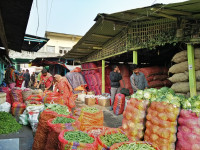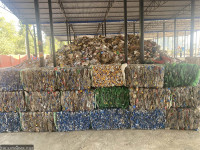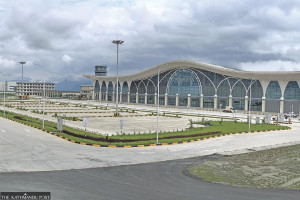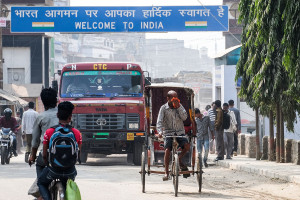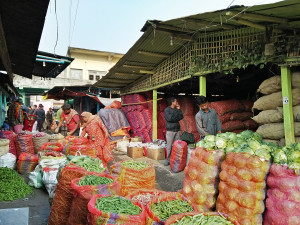Money
Profiles of exportable goods being created province-wise
The Trade and Export Promotion Centre is preparing profiles of high-potential goods and services across the country with the objective of promoting export and inter-provincial trade.
The Trade and Export Promotion Centre is preparing profiles of high-potential goods and services across the country with the objective of promoting export and inter-provincial trade.
The centre said the product profiles would provide a blueprint for boosting trade at the local level. “The initiative can also help identify the investment gaps that persist in promoting high value crops and products,” said Suyash Khanal, deputy executive director of the centre.
According to him, the centre is conducting a SWOT (strengths, weaknesses, opportunities, and threats) analysis to evaluate the competitive position of products and services in local and global markets.
The study is expected to help devise and implement a long-term strategy for potential goods and services.
This is the first time the government is doing a province-wise study of the strengths of products and services after the implementation of the federal system. “The trade potential of several products has been transformed following the change in the state structure,” said Khanal, adding that demand for herbs produced in Province 6 was gradually increasing in the international market.
Rolpa in Province 5 has immense potential for Allo production, he said. “However, it has not been able to attract investment to boost production of the natural fibre due to lack of publicity.”
The Trade and Export Promotion Centre said it had started preparing profiles of high-value products in Provinces 5, 6 and 7. “We plan to complete the task by mid-February,” Khanal said.
The survey will also examine the level of investment beside the trade potential of local products, which will provide a guide to potential investors by identifying sectors lacking financial resources.
The profile is also expected to promote trade among provinces and help to expand the market for local products, besides developing networking among traders and producers.
Nepal is facing an ever widening trade deficit, mainly due to its low export capacity. In the first four months of the current fiscal year, the country’s trade deficit ballooned 40.3 percent to Rs454.47 billion. The import bill reached a staggering Rs483.75 billion,
up 38.1 percent, while export earnings inched up 10.6 percent to Rs29.28 billion over the period.
According to the Trade and Export Promotion Centre, traders have had to reject export orders because they don’t have the production capacity.
“The study will help traders to identify places from where they can source products and enable them to fulfil large orders,” Khanal said.




 16.12°C Kathmandu
16.12°C Kathmandu
